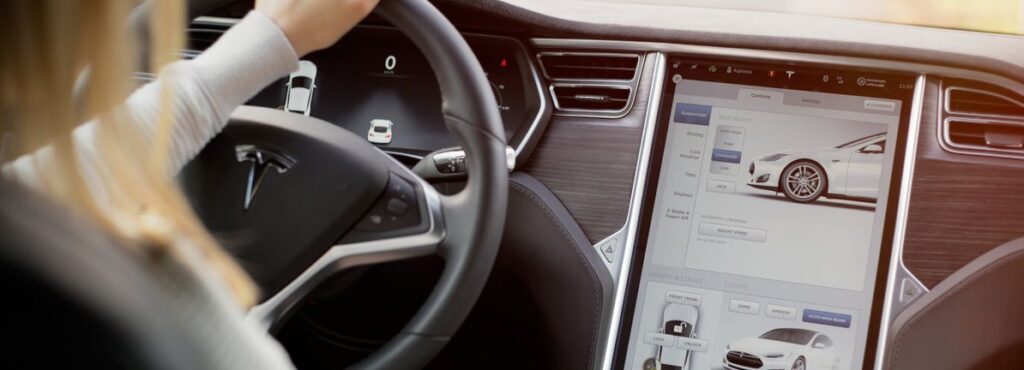
<!-- HTML_TAG_START -->NasdaqGS:TSLA Debt to Equity History December 22nd 2024<!-- HTML_TAG_END -->
David Iben put it well when he said, ‘Volatility is not a risk we care about. What we care about is avoiding the permanent loss of capital.’ So it might be obvious that you need to consider debt, when you think about how risky any given stock is, because too much debt can sink a company. We note that Tesla, Inc. (NASDAQ:TSLA) does have debt on its balance sheet. But the real question is whether this debt is making the company risky.
Debt is a tool to help businesses grow, but if a business is incapable of paying off its lenders, then it exists at their mercy. Ultimately, if the company can’t fulfill its legal obligations to repay debt, shareholders could walk away with nothing. However, a more usual (but still expensive) situation is where a company must dilute shareholders at a cheap share price simply to get debt under control. Of course, debt can be an important tool in businesses, particularly capital heavy businesses. The first thing to do when considering how much debt a business uses is to look at its cash and debt together.
See our latest analysis for Tesla
As you can see below, at the end of September 2024, Tesla had US$7.39b of debt, up from US$3.70b a year ago. Click the image for more detail. However, it does have US$33.6b in cash offsetting this, leading to net cash of US$26.3b.
The latest balance sheet data shows that Tesla had liabilities of US$30.6b due within a year, and liabilities of US$18.6b falling due after that. On the other hand, it had cash of US$33.6b and US$3.48b worth of receivables due within a year. So its liabilities total US$12.0b more than the combination of its cash and short-term receivables.
This state of affairs indicates that Tesla’s balance sheet looks quite solid, as its total liabilities are just about equal to its liquid assets. So while it’s hard to imagine that the US$1.35t company is struggling for cash, we still think it’s worth monitoring its balance sheet. While it does have liabilities worth noting, Tesla also has more cash than debt, so we’re pretty confident it can manage its debt safely.
It is just as well that Tesla’s load is not too heavy, because its EBIT was down 24% over the last year. Falling earnings (if the trend continues) could eventually make even modest debt quite risky. When analysing debt levels, the balance sheet is the obvious place to start. But it is future earnings, more than anything, that will determine Tesla’s ability to maintain a healthy balance sheet going forward. So if you want to see what the professionals think, you might find this free report on analyst profit forecasts to be interesting.




